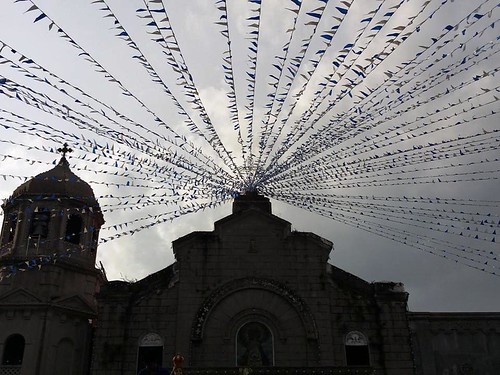
May 10, 2014- It's not January but there is a gathering of Santo Nino images in OLA Shrine in Marikina. This is to commemorate the arrival of the Sto. Nino de Cebu image in Marikina, regarded as the historical visit in Marikina (although I am not really clear about why it is historical or what you mean by historical visit). This is part of the month long celebration of the fiesta in honor of Our Lady of the Abandoned of Marikina.
The Greatest Artifact of Christianity in the Philippines, the Image of the Santo Nino de Cebu
Claiming to be the oldest religious image in the Philippines, the statue was originally given in 1521 as a baptismal gift by Portuguese explorer Ferdinand Magellan via Antonio Pigafetta, who physically handed it to Lady Humamay, the principal wife of Rajah Humabon, along with a statue of the Our Lady of Guidance and a Cross. See also Santo Nino de Cebu image, from Wikipedia.
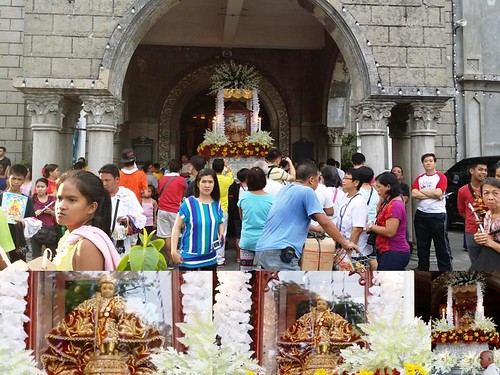
In April 1521, Ferdinand Magellan, in the service of Charles V of Spain, arrived in Cebu during his voyage to find a westward route to the Indies. He persuaded Rajah Humabon and his chief wife Humaway, to pledge their allegiance to Spain. They were later baptized into the Catholic faith, taking the Christian names Carlos (after Charles V) and Juana (after Joanna of Castile, his mother).
According to Antonio Pigafetta, Italian chronicler to the Spanish expedition, Ferdinand Magellan handed Pigafetta the image to be given to the Rajah's wife right after the baptismal rite officiated by Padre Pedro Valderrama. It was Pigafetta himself who personally presented the Santo Niño to the newly baptised Queen Juana as a symbol of the alliance, her newly baptized husband King Carlos, Magellan presented the bust of "Ecce Homo", or the depiction of Christ before Pontius Pilate. He also presented an image of the Virgin Mary to the natives who were baptised after their rulers. Magellan died on 27 April 1521 in the Battle of Mactan. Legends say that after initial efforts by the natives to destroy it, the image was venerated as the animist creation deity Bathala. Many historians consider the facial structure of the statue made from Belgium, where Infant Jesus of Prague statues were also common.

This is the official replica of the Santo Nino de Cebu, with the original image of course safely kept in the Minor Basilica in Cebu. See also my blog entry on my visit to Cebu to see the image in person.

As the country prepares for the 500th year of the arrival of Christianity in the Philippines, the Santo Nino de Cebu image takes center stage as the greatest symbol of the Catholic faith in the Philippines, by this image the country became baptized in the name of the Father and of the Son and of the Holy Spirit.

Santo Nino de Cebu carroza details...
Santo Nino de Marikina
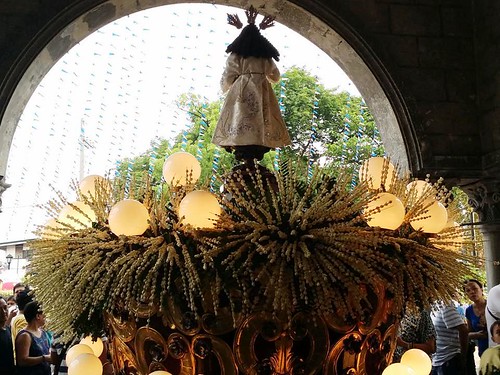
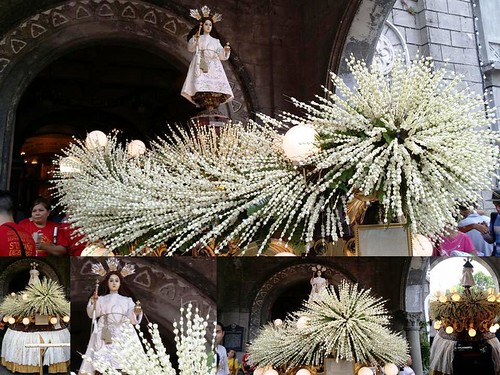
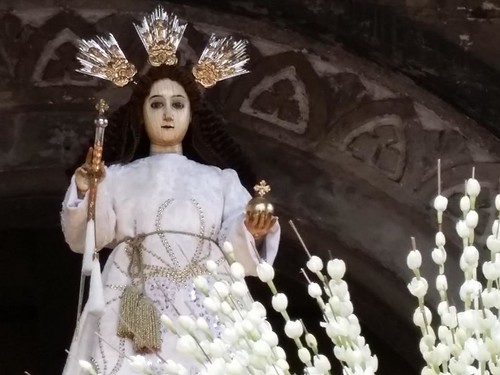
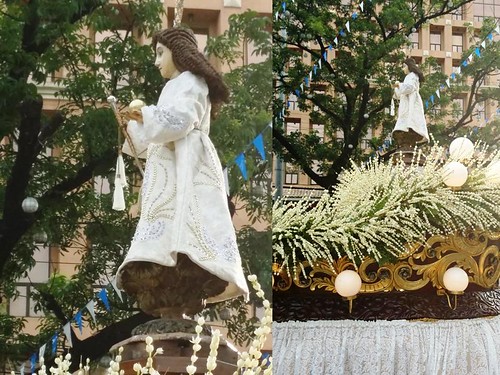
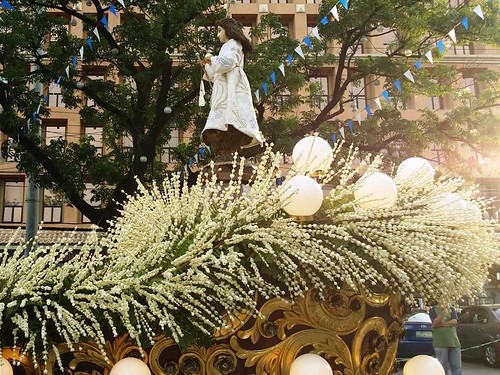
Other Santo Nino Images in Attendance
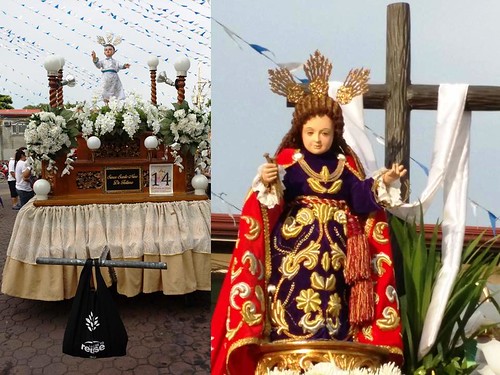

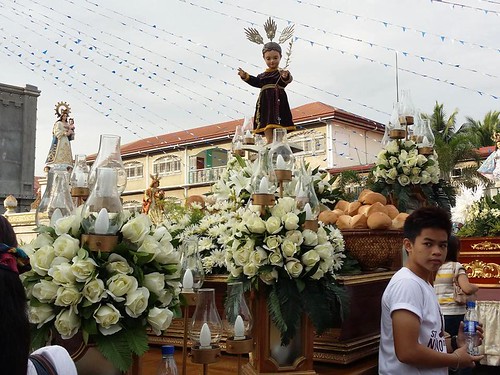
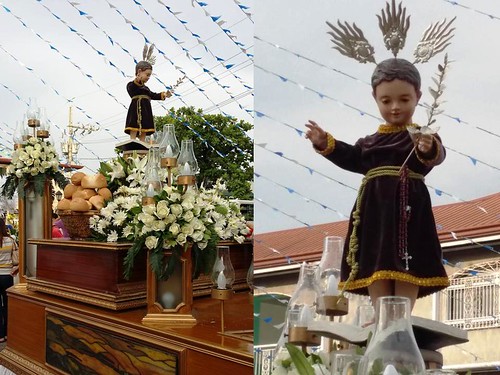
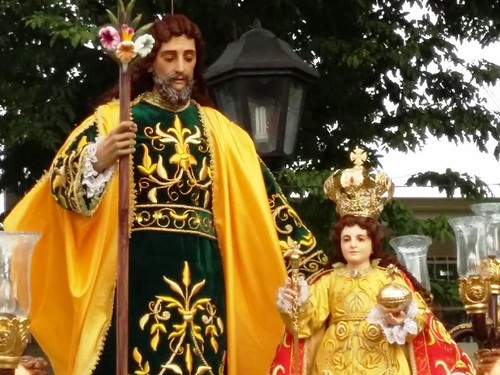
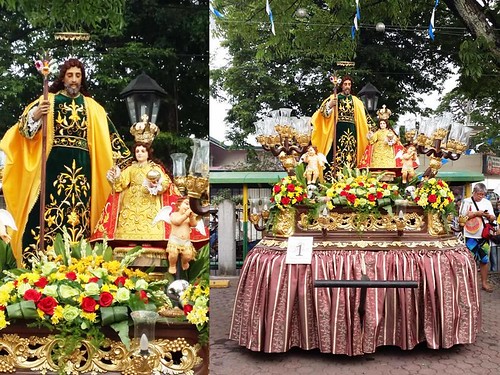
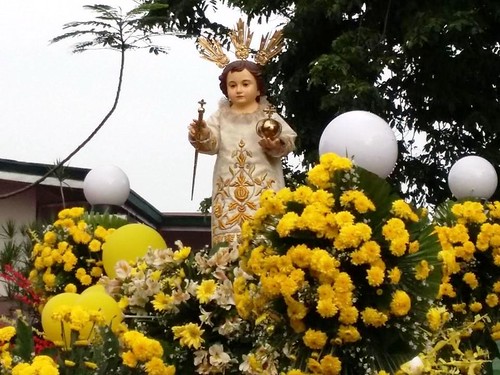



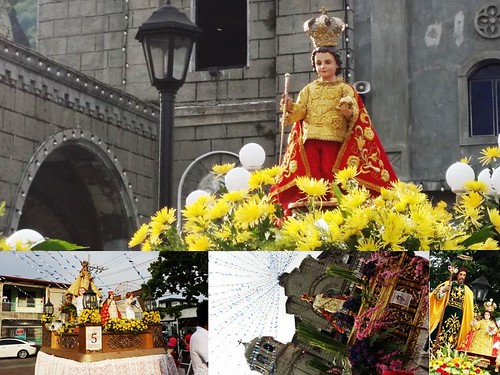
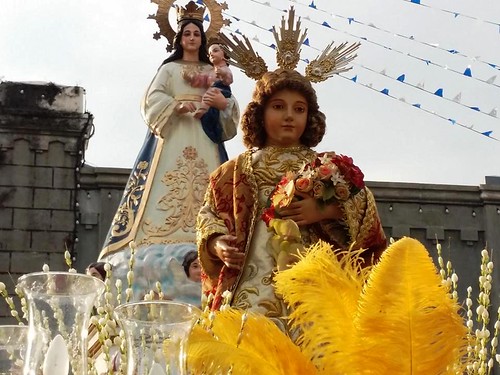
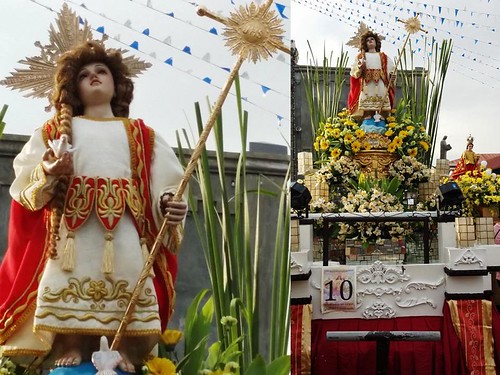
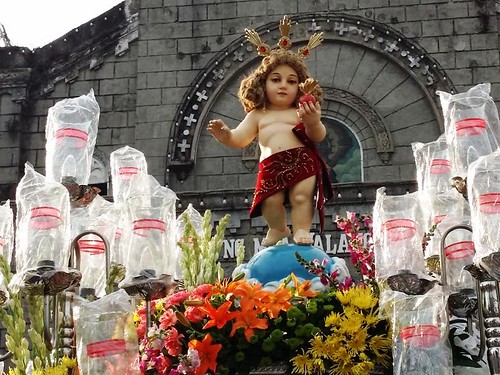

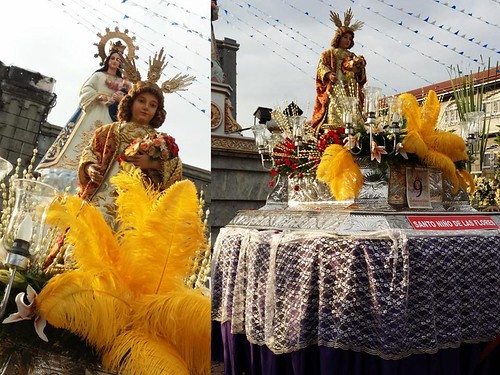

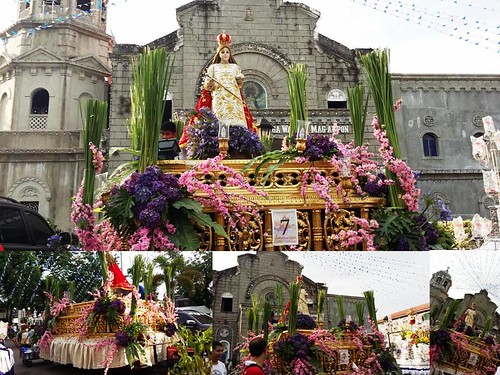
The Procession
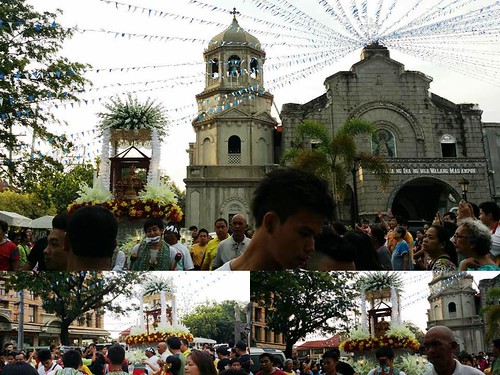
Viva Santo Nino de Cebu!
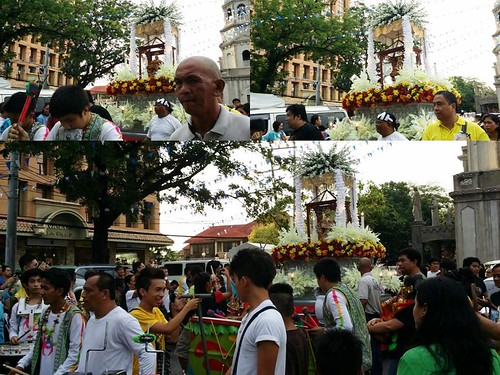
Or should I say Pit Senor!
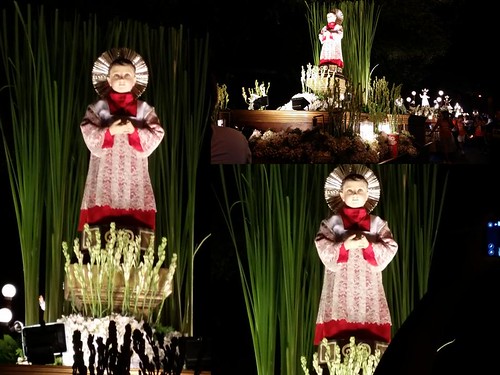
Santo Nino dressed as a Sacristan
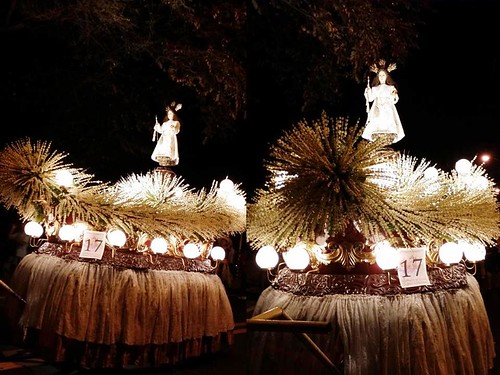
Santo Nino de Marikina in a sea of Sampaguita...smells so nice!
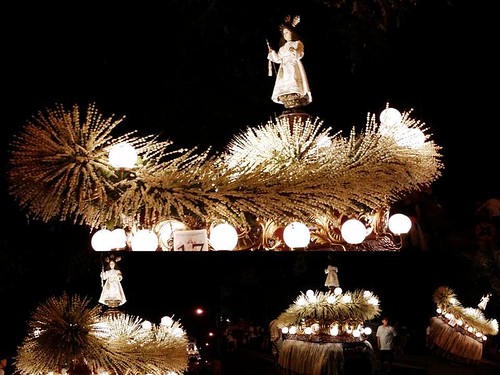
Simply beautiful in white...
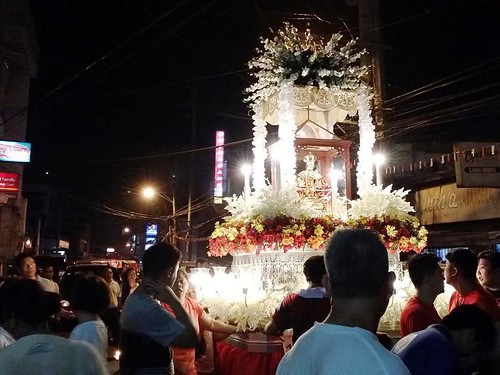
Marikina hearts Santo Nino de Cebu...
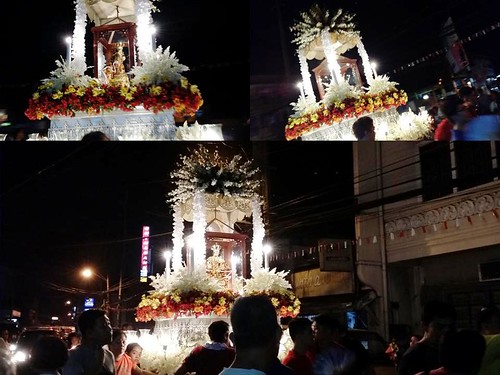
Pit Senor!
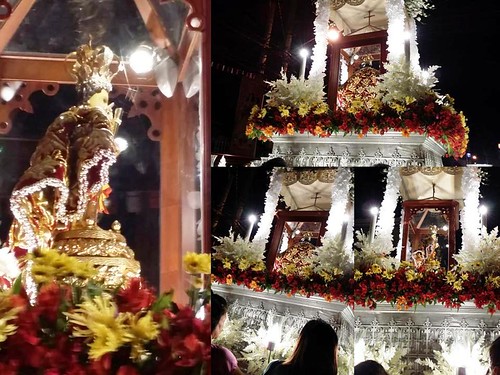
Santo Nino de Cebu details...
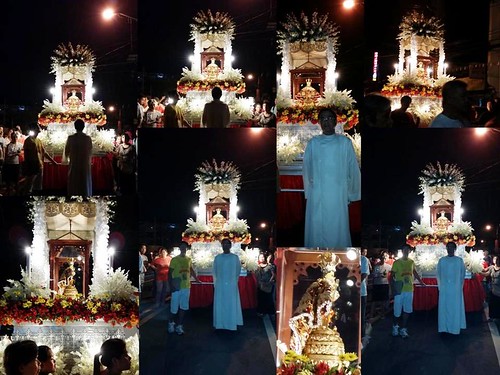
For grownups and...
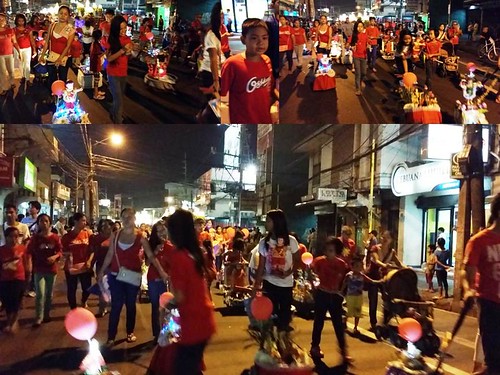
...for children...

Patanaw...
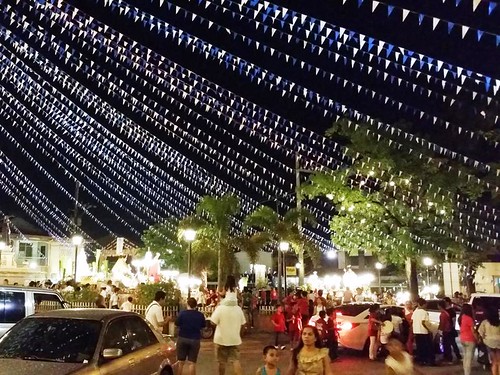
Back where it started...Viva!

Souvenier...I have long wanted to see the procession of the original Santo Nino image in Cebu, but this is the closest experience so far...for now I'm good...sooo happy. Lord continue to bless us! Santo Nino de Cebu, have mercy on us!

No comments:
Post a Comment